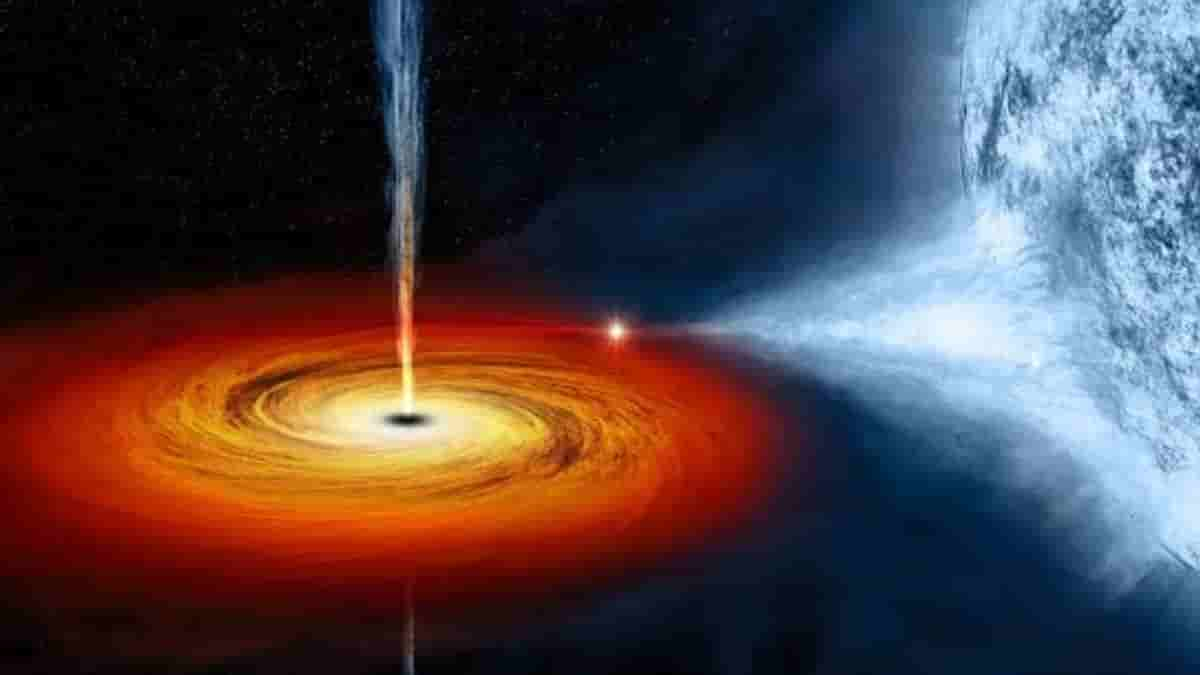How big can a black hole be?

We have all heard about the mysterious term, black hole. Even if a picture of it does not immediately come to some of our mind, we are still aware of the many possibilities that it holds amidst the universe’s existence. The black hole is a place in space with gravitational pull so high that nothing can escape through it, not even light.
Here is a brief about how small or large a black hole can possibly be.
The size of a black hole is not fixed. Black holes can be small or big. The smallest one can even be the size of an atom. Even then, these so-called small black holes have a mass of a large mountain.
Right after the smaller black holes, there exist black holes that astronomers call “stellar”. They have masses that can weigh 20 times more compared to the mass of the sun. According to scientists, there exists many stellar black holes in our Milky Way Galaxy.
Finally, the largest black holes of all, the “supermassive” black holes come in the line. A supermassive black hole possess masses that are more than the masses of a 1 million suns collective. Scientists states that a supermassive black hole exists at the centre of every galaxy. When it comes to the Milky Way Galaxy, the supermassive black hole at its centre is the Sagittarius A black hole. The Sagittarius A’s mass is equal to around 4 million suns. Scientists are of the view that if the Sagittarius A can fit inside a big ball, that ball would be able to hold a few million earths.
The Sagittarius A measures 14.6 million miles in diameter. That’s almost equal to 168 Jupiters across.
On the other hand, our galactic neighbour, the Andromeda Galaxy has a black hole, whose diameter measures up to 515 million miles. It’s mass will equal to the mass of 140 million suns.
Another black hole at the center of the Sombrero galaxy measures up to 2 billion miles across. It is so big that it can surpass the size of our solar system. It’s mass is similar to around 660 million suns.
According to scientific theories, there is no designated upper limit for the mass of a black hole. However, statistics analysed by scientists had led them to note that ultra-massive black holes in the centre of some of some galaxies always seem to below the mass of 10 billion solar masses. This comes in with the expectation drawn from the knowledge of the rate of a black hole’s growth known so far.
Latest studies have always led scientists to the view that ultra-massive black holes cannot physically grow beyond this 10 billion solar masses anyway. This is because they would begin to disrupt the accretion discs who feeds them, thus blocking the source of new material.
A black hole possess power through gravity that can rip apart entire planets or stars. However, this depends on the mass of a black hole.
To conclude it all, the size of a black hole can start from the size of an atom to a city to a million times larger than suns and planets. It completely depends on how much mass the black hole holds within itself.

